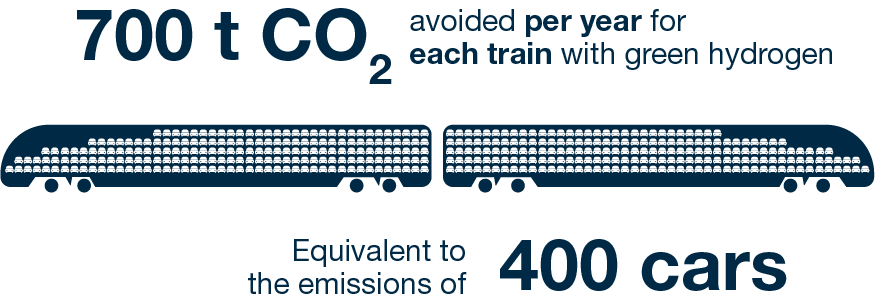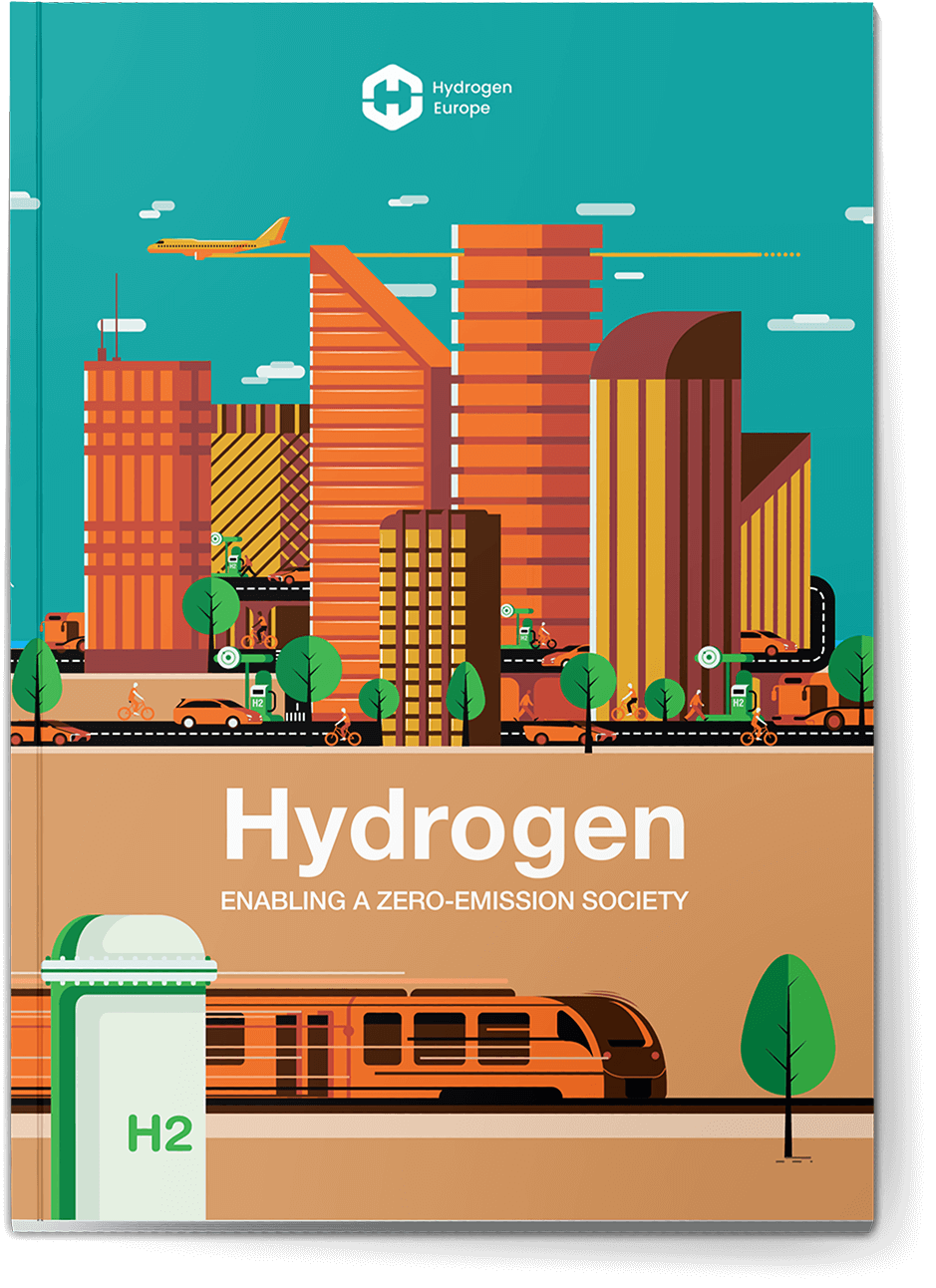Green Transport
Rail’s fundamental role in the green mobility transition.
Governments can act to decarbonise mobility by pushing a modal shift towards rail. Yet they must also support the replacement of diesel train fleets with zero-emission solutions.
The three main options for this are track electrification, batteries and hydrogen fuel cells.
Rail uniquely suited for hydrogen
With large, predictable, localised and enduring demand, rail mission profiles are uniquely suited for the use of hydrogen technology. Hydrogen fuel cells bring high performance in terms of range, with an Alstom Coradia iLint owned by LNVG recently setting a distance record by travelling 1,175km on a single tank of hydrogen. The competitiveness of hydrogen in rail will only increase as there are more large-scale deployments of hydrogen ecosystems.
Alstom is also a pioneer in the use of hydrogen in rail designing, developing and manufacturing the first 100% hydrogen train, the Coradia iLint regional train, which entered commercial service in Germany in 2018. Alstom is now extending hydrogen technology to other types of passenger trains and to freight locomotives, both through new build and refurbishment, and promoting synergies with other applications such as maritime and stationary.
Developing a hydrogen ecosystem
The rail sector is leading the transition to sustainable mobility, successfully implementing innovations in digitalization, safety, reliability and carbon reduction. Rail investments in hydrogen will stimulate further innovations that can spur the development of a viable and shared hydrogen ecosystem.
A recent positive advance is the European Commission’s approval of funding support for 41 integrated hydrogen projects in 15 member states (IPCEI Hy2Tech), including Alstom as the only major rail participant. Progress is not limited to Europe, with Alstom recently signing an MoU with Saudi Railway Company to develop hydrogen train solutions adapted for Saudi Arabia.
Further support from public authorities, by accelerating the implementation of regulatory frameworks compatible with carbon neutrality and introducing more supportive policies for rail players and green hydrogen production will ensure hydrogen in rail is a strong contributor to achieving carbon neutrality by 2050.



